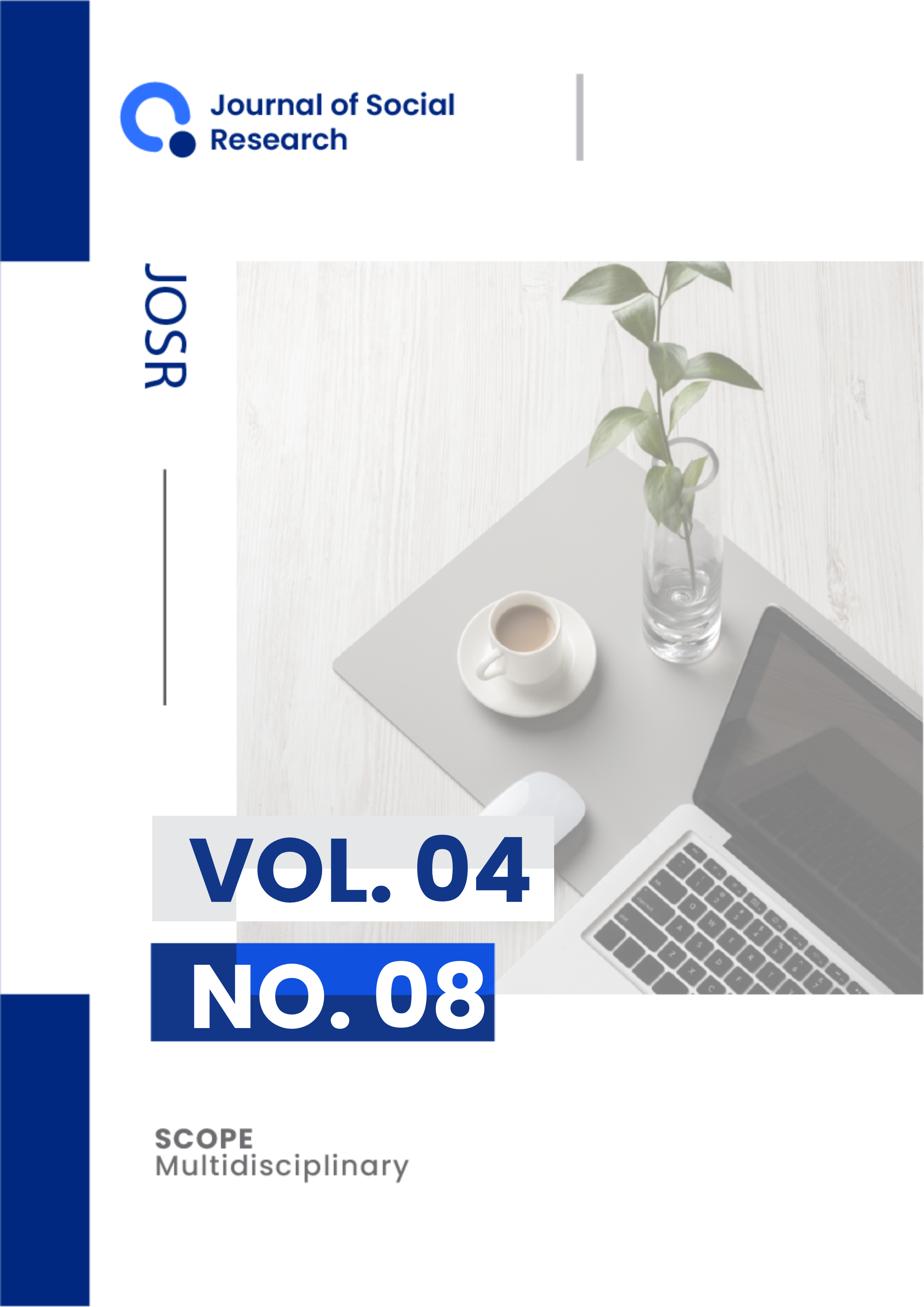Forecasting Household Electricity Consumption by Seasonal Autoregressive Integrated Moving Average (SARIMA) Method
DOI:
https://doi.org/10.55324/josr.v4i7.2669Keywords:
electricity, forecasting, SARIMAAbstract
Electricity is a vital energy source for households, with consumption patterns influenced by seasonal trends and external factors such as the COVID-19 pandemic. This study aims to forecast monthly household electricity consumption at ULP Manokwari Kota using the Seasonal Autoregressive Integrated Moving Average (SARIMA) method. The research utilizes secondary data from January 2013 to December 2022, which exhibits an upward trend and seasonal fluctuations. The Box-Jenkins methodology is employed, involving stationarity checks, model identification, parameter estimation, diagnostic testing, and forecasting. The dataset, spanning January 2013 to December 2022, demonstrates both an upward trend and a seasonal pattern. The forecasting process follows the Box-Jenkins approach: checking stationarity, identifying the model, estimating parameters, diagnosing the model, and performing forecasting. The optimal model for predicting electricity demand in the residential sector at ULP Manokwari Kota is SARIMA (1,1,0) ((0,0,1))^12, with parameters indicating significant autoregressive and seasonal effects. Using this model, monthly electricity demand from January to December 2023 is forecasted. The lowest demand is projected for February 2023 (7,274,147 kWh), while the highest is in December 2023 (7,481,067 kWh). This research provides valuable insights for PT. PLN (Persero) ULP Manokwari Kota in planning electricity supply and ensuring system reliability, particularly in addressing seasonal demand variations. The study contributes to the literature by applying SARIMA to household electricity forecasting in a region with isolated power systems, highlighting its utility for energy management and policy formulation.
Downloads
Published
Issue
Section
License
Copyright (c) 2025 Riana Wijayanti, Esther Ria Matulessy, Nurhaida Nurhaida

This work is licensed under a Creative Commons Attribution-ShareAlike 4.0 International License.

This work is licensed under a Creative Commons Attribution-ShareAlike 4.0 International.
Authors who publish with this journal agree to the following terms:
- Authors retain copyright and grant the journal right of first publication with the work simultaneously licensed under a Creative Commons Attribution-ShareAlike 4.0 International (CC-BY-SA). that allows others to share the work with an acknowledgement of the work's authorship and initial publication in this journal.
- Authors are able to enter into separate, additional contractual arrangements for the non-exclusive distribution of the journal's published version of the work (e.g., post it to an institutional repository or publish it in a book), with an acknowledgement of its initial publication in this journal.
- Authors are permitted and encouraged to post their work online (e.g., in institutional repositories or on their website) prior to and during the submission process, as it can lead to productive exchanges, as well as earlier and greater citation of published work.








